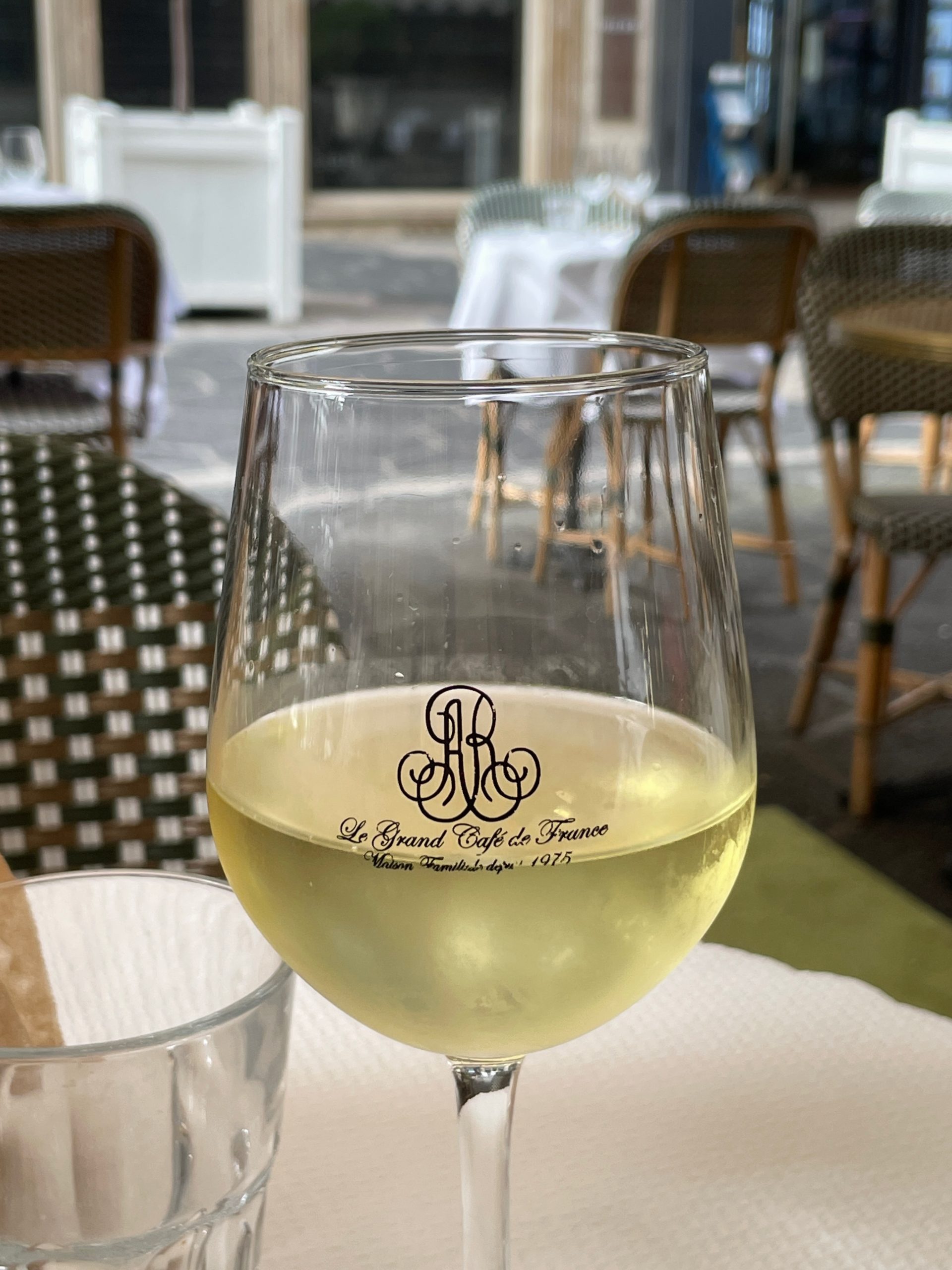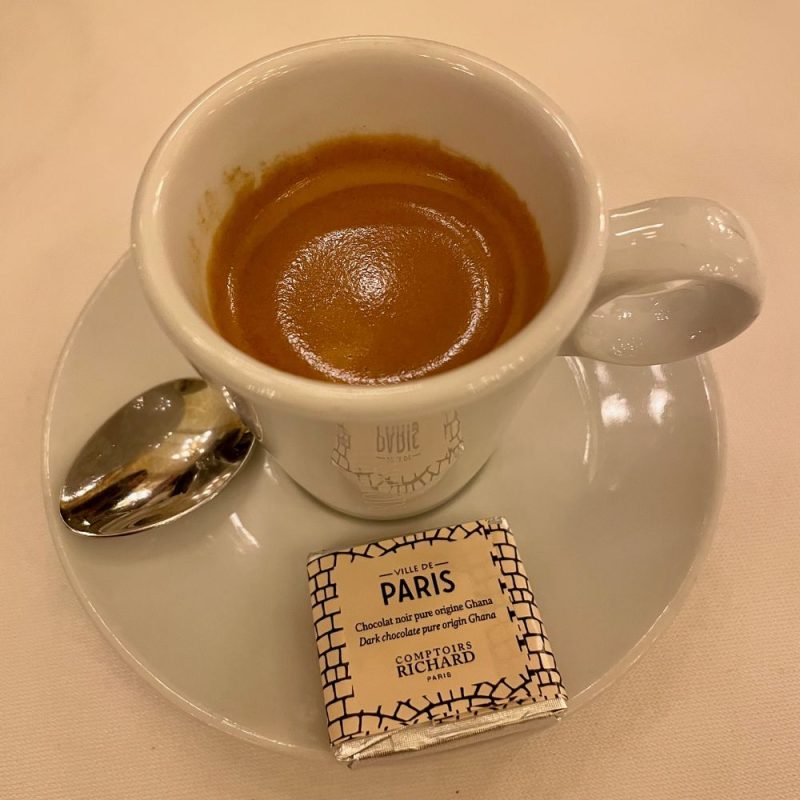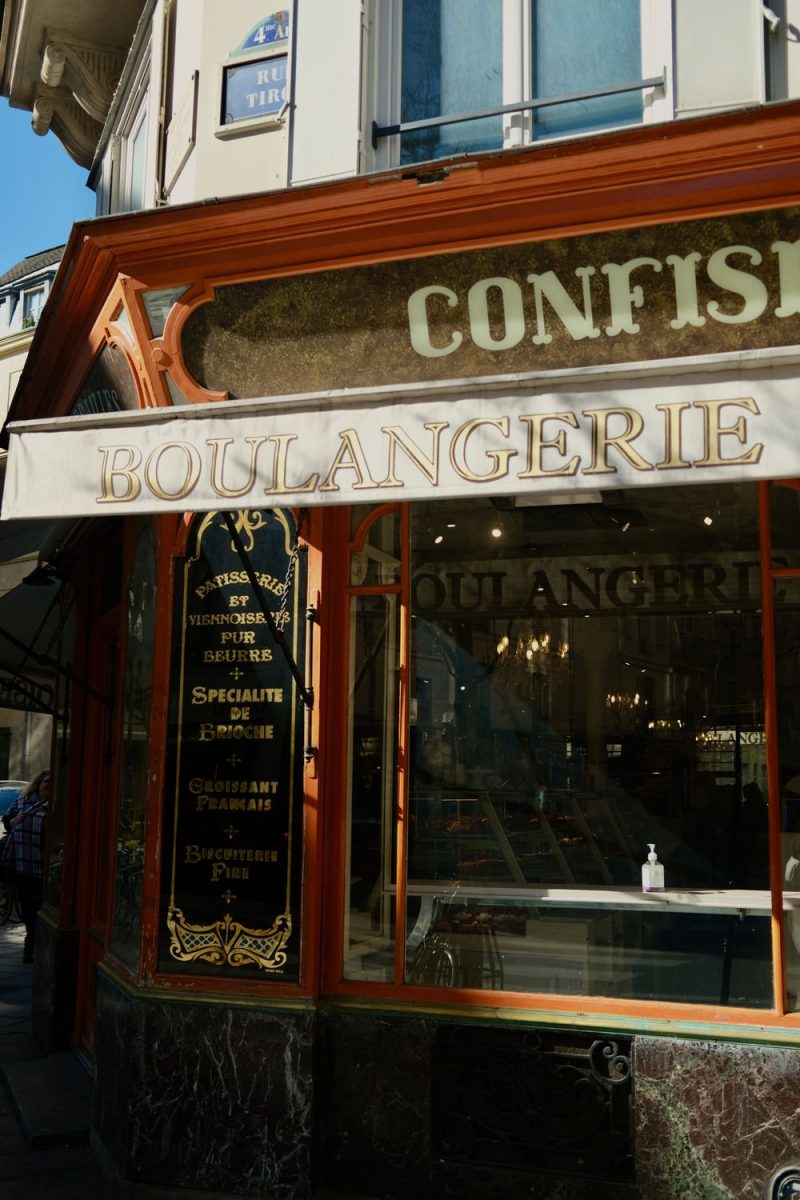French Wine for Beginners
Culture Travel may earn a commission through links on this website. As an Amazon Associate, we earn from qualifying purchases.
Wine lovers, bonjour! If you’re new to exploring French wines or simply looking to expand your palate, you’ve come to the right place. In this beginner’s guide to French wine, I’ll walk you through the basics of the principal French wine regions, grape varietals, classifications, and terminology so you can start navigating those intimidating French wine labels like a pro.
Whether you prefer the elegance of a Burgundy, the boldness of a Bordeaux, or the bubble and froth of Champagne, France offers incredible range and diversity when it comes to wine for every preference and budget.
As the globe’s second-largest wine producer behind Italy, France has set the bar high. But have no fear, with just a few tips on pronunciation and grapes to guide you, you’ll be dégustant (tasting) fabulous French wines in no time, a quintessential French bucket list item!
So grab a glass and let’s découvrir ensemble!
Types of French Wine
French wine is incredibly diverse. Here are some of the main types of French wine based on their production, label, and classifications:
Certainly! French wines can also be classified based on the appellation system and the wine classification hierarchy. Here are some common classifications used in France:
- Appellation d’Origine Contrôlée (AOC): This is a French certification granted to certain geographical indications for wines, cheeses, butters, and other agricultural products. It ensures that the products are produced following specific standards related to the region, grape varieties, viticultural and winemaking practices. Wines classified under AOC are typically of higher quality and showcase the unique characteristics of their respective regions.
- Vin de France (formerly Vin de Table): This is the basic classification for French table wine. These wines are produced without adhering to specific regional regulations and can be made from grapes sourced from various regions within France.
- Vin de Pays (Country Wine): This classification lies between Vin de France and AOC wines. It indicates wine from a specific region within France, allowing more flexibility in grape varieties and winemaking techniques than AOC wines but with stricter rules compared to Vin de France.
- Crus: In some regions like Burgundy and Beaujolais, the term “Cru” is used to denote specific vineyard sites or villages that have been recognized for producing wines of superior quality within their respective appellations. For instance, in Burgundy, you might find Grand Cru and Premier Cru vineyards.
- Vins Doux Naturels (VDN): These are fortified wines produced by adding grape spirit to the must during fermentation to stop the process and retain some of the grape’s natural sugars. Examples include Muscat de Beaumes-de-Venise and Rivesaltes.
- Côtes (slopes or hillsides): This term is often used in various appellations, like Côtes du Rhône or Côtes de Provence, denoting wines from the hillsides of these regions.
These wine varieties represent just a fraction of the diversity found in French wine. Each area has its unique terroir, grape varieties, winemaking traditions, and regulations, resulting in an incredible range of wine styles and flavors.
French Wine Regions
France is renowned for its diverse wine regions, which are spread throughout the country. Some of the major French wine regions include:
- Bordeaux: Located in southwestern France, Bordeaux is famous for its red blends primarily made from Cabernet Sauvignon, Merlot, and Cabernet Franc grapes. It’s divided into sub-regions like Médoc, Saint-Émilion, Pomerol, and Graves.
- Burgundy (Bourgogne): Situated in eastern France, Burgundy is known for its Chardonnay and Pinot Noir wines. It’s divided into Côte d’Or, Chablis, Côte Chalonnaise, Mâconnais, and Beaujolais.
- Champagne: Northeast of Paris, Champagne is renowned for producing sparkling wines using the traditional méthode champenoise. Chardonnay, Pinot Noir, and Pinot Meunier grapes are primarily used here.
- Rhône Valley: This region is located in southeastern France and is known for its Syrah-based red wines in the north (e.g., Côte-Rôtie, Hermitage) and Grenache-based blends in the south (e.g., Châteauneuf-du-Pape, Gigondas).
- Loire Valley: Stretching along the Loire River in central France, this region produces a variety of wines, including Sauvignon Blanc, Chenin Blanc, Cabernet Franc, and Muscadet.
- Alsace: Located in northeastern France near the border with Germany, Alsace is known for its aromatic white wines such as Riesling, Gewürztraminer, and Pinot Gris.
- Provence: Situated in southeastern France, Provence is renowned for its dry rosé wines made from grapes like Grenache, Cinsault, and Syrah.
- Languedoc-Roussillon: One of the largest wine-producing regions in France, known for a wide variety of red, white, and rosé wines, often offering good value. Carignan, Grenache, Syrah, and Mourvèdre are among the red wine grape varieties grown here.
These regions encompass various appellations and sub-regions, each with its own unique terroir, grape varieties, and winemaking traditions, contributing to the rich diversity of French wines.






